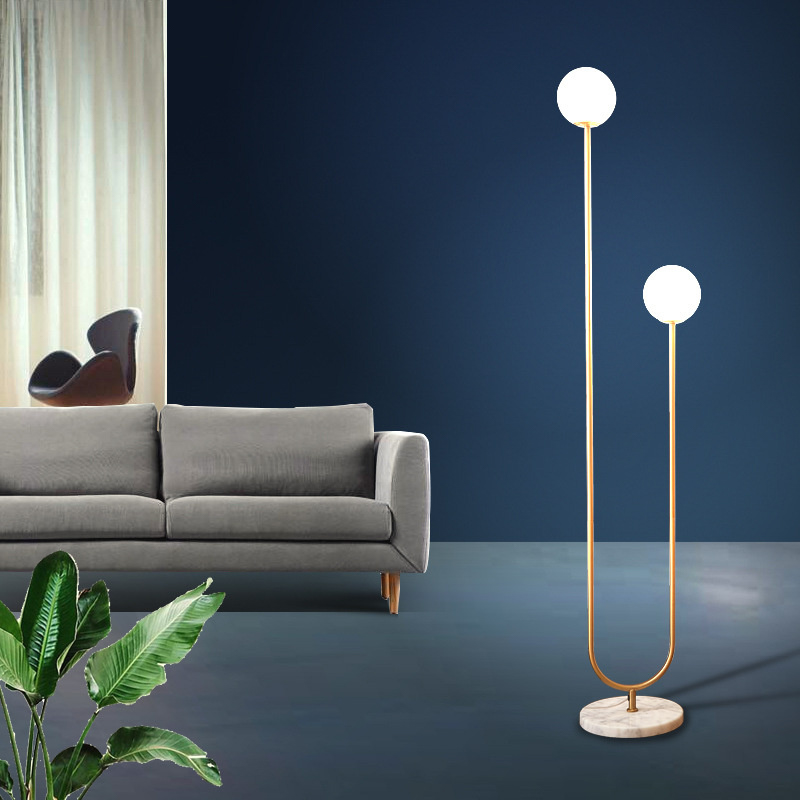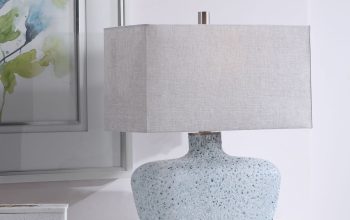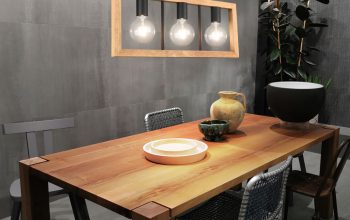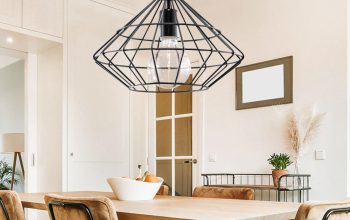Introduction
Lamps are traditionally viewed as purely functional objects meant solely to provide illumination. However, architects have increasingly been creating lamps that serve not only as a source of light but also as works of art that incorporate structural, aesthetic, and spatial elements. These architecturally designed lamps blur the line between form and function, integrating lighting seamlessly into interior design. In this article, we will explore the intersection of architecture and lighting design, uncovering some of the most inspiring examples of architecturally designed lamps.
Function and Aesthetics Meet
Architecturally designed lamps are intended to go beyond pure functionality and instead create a harmony between form and function. These lamps are often designed to complement contemporary interior design and can be seen as part of the broader trend of combining technological innovation and artistic creativity. Architects have been incorporating the latest lighting technology into their designs, creating lamps that can change color and intensity depending on the surrounding environment. LED lighting has been instrumental in achieving these goals since it offers highly adjustable light outputs that can be fine-tuned to suit the needs of the space.
Materials and Structure
Architecturally designed lamps often incorporate materials such as glass, metal, and wood to create intricate, mesmerizing designs. Material choices are driven not only by aesthetics but also by the specific technical requirements of the light source. Architects and lighting designers work together to create lamps that are both visually stunning and functional, leveraging the latest materials science research to find new ways to create visually stunning pieces.
Creating Space with Light
Architecturally designed lamps are an essential component of interior design, capable of creating evocative and atmospheric spaces. Light is used to create unique dimensions within a space, guiding the viewer’s gaze to objects, creating focal points, and even demonstrating the passage of time. Dynamic lighting systems can adjust the hue and intensity of light, effectively creating an appearance of the space during different times of the day.
Renowned Architecturally Designed Lamps
The PH Artichoke Lamp by Poul Henningsen
One of the most iconic architecturally designed lamps is the PH Artichoke Lamp, which was designed by Danish architect Poul Henningsen. The lamp, which was first created in 1958, is composed of 72 individual leaves and casts a warm yellow light that creates a soft, diffuse glow throughout the room.
The Willow Lamp by Wjaroy Studio
The Willow Lamp, created by the Wjaroy Studio, is a modern lamp that is composed of thin, willowy branches that radiate outward from the center like a starburst. The lamp offers an abstract take on traditional chandeliers and features warm, LED lighting that casts a soft, inviting glow.
The Vibia Wireflow Lamp by Arik Levy
The Wireflow Lamp, designed by Arik Levy for Vibia, is a modernist take on traditional lighting systems. The lamp is comprised of industrial black or white wire that is structured in a way that creates a geometrically intricate design. The lamp’s intricate structural design adds an air of futuristic sophistication to any interior space.




